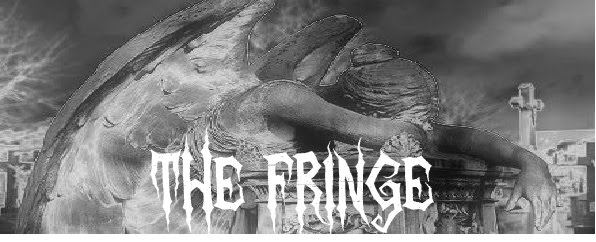Title: American Psycho
Author: Bret Easton Ellis
Publisher: Pan MacMillan
RRP: $24.95
ISBN: 9780330448017
Release Date: August 2011
Pages: 416
Description:
Patrick Bateman is twenty-six. He works on Wall St. He is charming, handsome, rich, successful . . . and one of the most vicious killers in history.
American Psycho is a funhouse mirror held up against modern culture. It is a nightmare cityscape of extremities – the high glamour of designer labels and cocktail parties on the surface, and a writhing mass of violence rotting it at the core.
Now, the most controversial book of the last decade is the most controversial film of 2000. Starring Christian Bale as Bateman, it includes a stellar cast of Hollywood's hottest actors including Willem Dafoe, Reese Witherspoon, Chloe Sevigny and Jared Leto
Review:
I first read American Psycho when it was banned in Australia back in the early nineties and you had to import it if you wanted to read it. It was quite interesting re-reading this again with the new Pan Macmillan rerelease of all of Bret Easton Ellis’ books this month. The most amazing part of reading this book again is how it still comes with the R rating sticker even though there are much more graphic and gory novels around now compared to when American Psycho first came out.
Bret Easton Ellis is a master at describing the anomie of end of the 20th century, but nowhere is that anomie more disturbingly brought to life than in "American Psycho". The book raised a firestorm when it was due to be released; feminists condemned it as misogynistic trash, and when it was finally published, it was in a trade paperback version because the publisher which was to publish the hardcover version pulled it to avoid all the controversy.
This is the story of Patrick Bateman, a very wealthy, narcissistic, psychotic banker living in New York City in the late Eighties. Well, it's not so much a story (in that it has no structured sequence of events), as a stream of Bateman's consciousness. It chronicles various events in his life...Dinner in restaurants that are hard to get into with materialistic, stupid, debutantes; comparing suits and business cards with his vapid, cigar-chomping associates; torturing prostitutes to death; and working out. The strength of Ellis' writing is that it is excruciatingly vivid; from descriptions of designer suits to reviews of his favourite albums (by Phil Collins, Whitney Houston, and Huey Lewis) and descriptions of his murders. These scenes are among the most harrowing I've ever read. This viridity is sometimes difficult to get through, but contrasts nicely with Patrick's occasional lapses into severe madness, at which point the writing becomes fast with little punctuation and sometimes cuts off in mid-sentence. Another especially effective ploy is the brief, nonchalant references Patrick makes (either in his monologue or out loud to his "friends) to his varied crimes (For example, the quick mention of torturing a small dog to death in the middle of a description of the day's shopping).
The brilliance of this novel has nothing to do with the violence *as* violence, but everything to do with the way the violence is DISCLOSED by Bateman in the narrative. The way he observes and describes what he is doing is in itself an almost infinitely revealing commentary not only on Bateman, but also on a particular slice of culture that he represents -- the smug, cocky, casually violent culture of rich young professional men, their striving, achievement, and narcissistic self-cultivation.


No comments:
Post a Comment